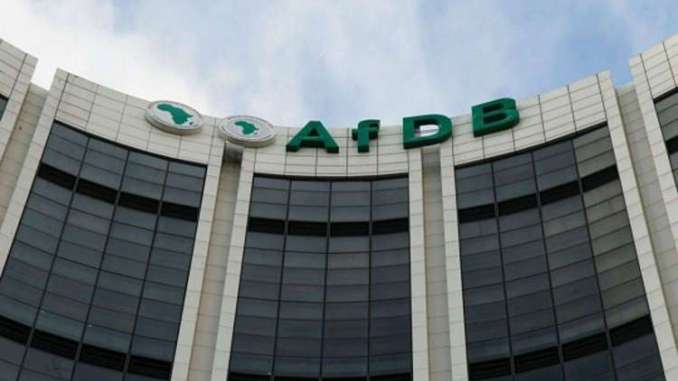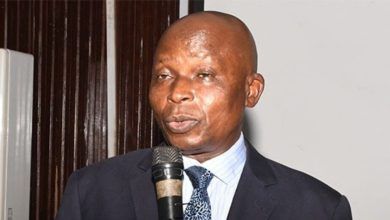
The Vice President and Chief Economist, Economic Governance and Knowledge Management, African Development Bank Group, Kevin Urama, has disclosed that Nigeria and other African countries require about $74bn for debt servicing this year amid increasingly limited access to affordable liquidity.
He made this statement during his opening remarks at the launch of the Debt Management Forum for Africa and the Inaugural Policy Dialogue on “Making Debt Work for Africa: Policies, Practices, and Options”, held in Abuja on Monday.
“The continent needs over $74bn in 2024 for debt service only. The figure could be much higher when hidden debt and contingent liabilities are considered. The liquidity needs for debt refinancing remain high at about an average of $10bn per year from 2025-2033. African Eurobond yields have risen to 15 per cent in 2023, double the 2019 rate, complicating debt refinancing,” he stated.
According to Urama, Africa’s public debt has surged by 170 per cent since 2010 due to structural issues in the global debt architecture, recent global and domestic shocks, and weaknesses in the continent’s macro-economic fundamentals.
He mentioned that most middle-income African countries could remain stuck in a middle-income trap for decades to come, and it could take the continent more than a century on average (108 years) to transition to a high-income status.
The World Bank’s Africa Pulse report for October 2024 projected a fragile economic recovery in Sub-Saharan Africa, projecting that it would grow by three per cent in 2024, compared to 2.4 per cent in the previous year.
The AfDB chief economist explained that the inauguration and effective operationalisation of the DeMFA was critical for responding to those persistent headwinds and building economic resilience and accelerating the continent’s development.
He disclosed that the structure of debt had changed significantly with about 49 per cent of the continent’s debt privately owned at the end of 2023, and that was expected to reach about 54 per cent in 2024.
“The changing structure of debt toward private creditors comes with opportunities and challenges. For example, African countries are paying 500 per cent more in interest costs when borrowing in international capital markets than when borrowing from multilateral development banks such as the African Development Bank, the World Bank, etc.
“Using short-term, high-cost debt to finance long-term development projects, therefore, has implications for debt sustainability and debt restructuring in the medium to long terms,” Urama added.
He noted that while the ratio of public debt to Gross Domestic Product in Africa was declining, the high cost of debt service was deepening the severity of the debt burden on the continent.
“Africa’s average public debt ratio, which rose from 54.5 percent of GDP in 2019 to 64 per cent in 2020, stabilised at around 63.5 per cent from 2021–23 and is expected to decline further to around 60 per cent from 2024—halting a decade-long upward trend.
“Africa’s debt service costs have, however, risen sharply, diverting resources away from infrastructure investment, thus constraining future GDP growth and economic transformation. For 49 African countries, average debt service cost rose sharply from an average of 8.4 per cent of GDP in 2015–19 to 12.7 per cent in 2020–22,” he emphasised.
Nigeria’s debt rose by 10.38 per cent quarter-on-quarter to N134.30tn ($91.35bn) in the second quarter of 2024, on the back of the naira that depreciated by 47.6 per cent as of June.
Urama highlighted that access to emergency financing was largely skewed toward developed economies that need it least.





